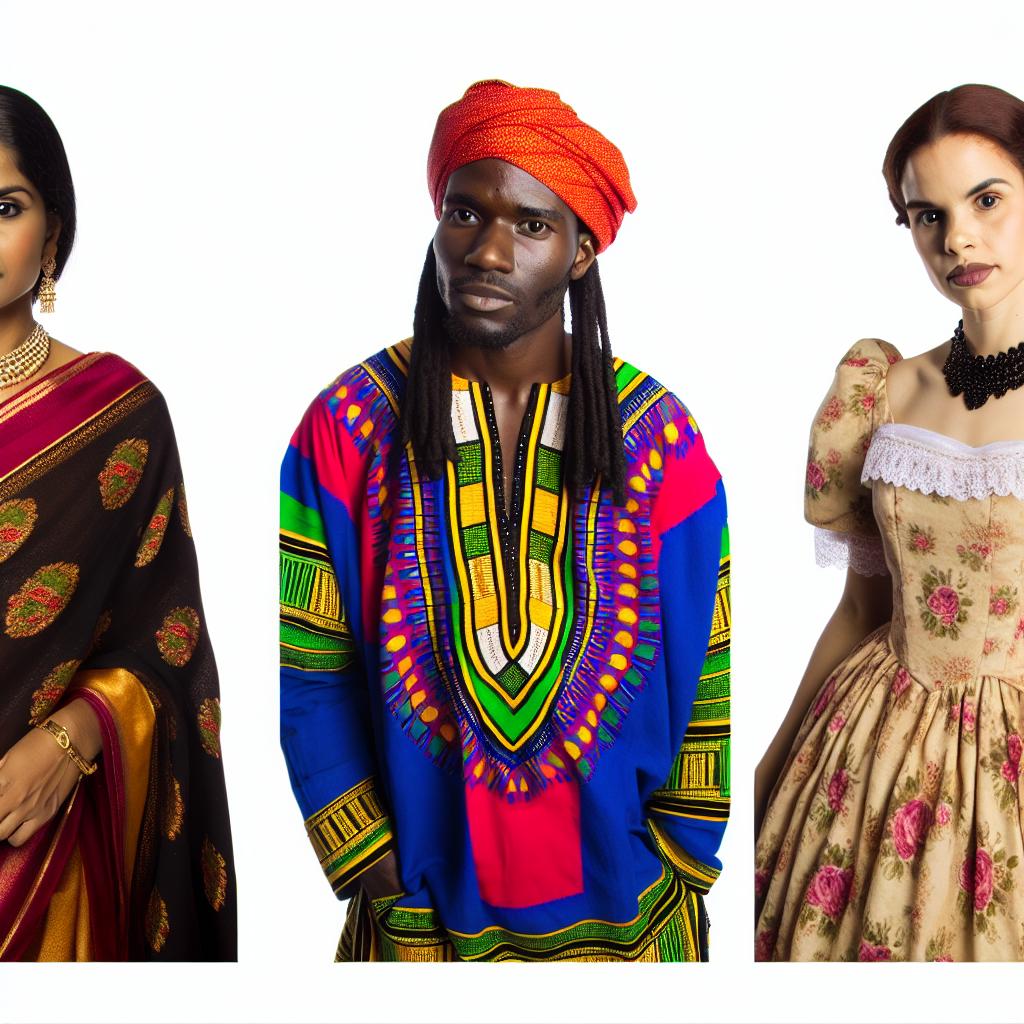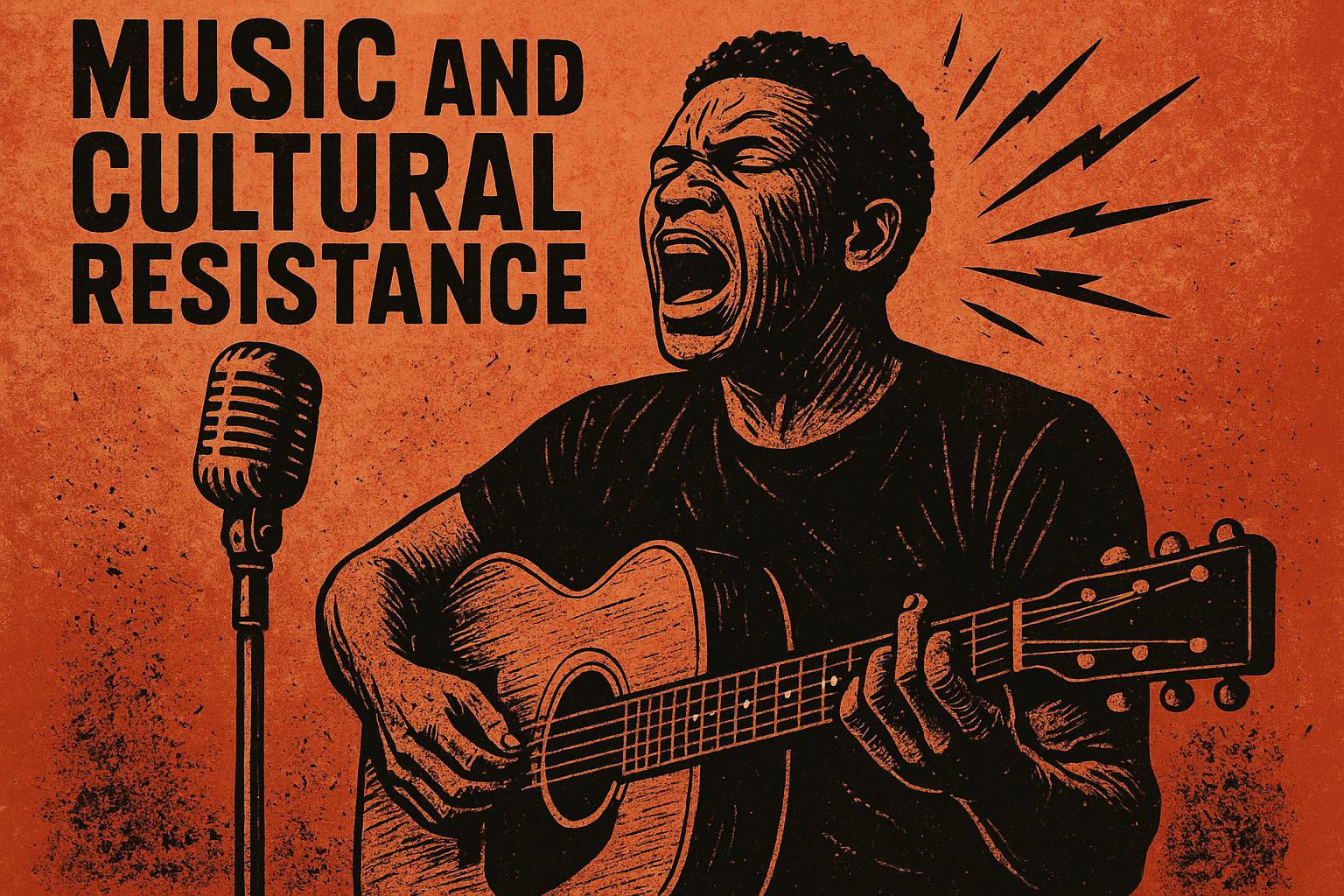Understanding Fashion as Cultural Expression
Fashion serves as a vibrant medium for cultural expression, reflecting and shaping societal values, traditions, and identities. Throughout history, clothing and fashion have operated as a visual language, enabling individuals and communities to convey their cultural narratives. This article aims to delve deeper into how fashion has historically and continues today to represent cultural expression across different societies.
The Historical Context of Fashion
Historically, fashion has played a pivotal role in signifying different aspects of culture. Clothing served more than just a practical purpose; it represented an individual’s place within their society. In ancient societies, garments were not only utilitarian but also held symbolic meaning.
In ancient civilizations such as Egypt, clothing details such as type and color of fabric served as symbols denoting social status, wealth, and religious beliefs. The consistent patterns and textures found in ancient Egyptian clothing tell a story of a society deeply intertwined with its socio-religious structure. Similarly, in traditional Japanese culture, the kimono served as a canvas for expressions of identity and status. Specific kimono patterns and colors were not random choices but rather held significance, often indicating the wearer’s family, social standing, and even seasonal ties.
Furthermore, the ancient Roman and Greek cultures also had discernible differences in their attire which carried connotations regarding societal structures, including roles defined by gender, class, and civil roles. Such historical instances illustrate how clothing was more than mere attire; it was a reflection and reinforcement of an individual’s position in the socio-cultural hierarchy of the time.
Fashion as a Marker of Cultural Identity
In contemporary society, fashion retains its importance as a key marker of cultural identity. As societies grow more interconnected, fashion plays a crucial role in allowing groups to express their unique cultural narratives on a global stage. The melding of traditional and modern elements in fashion allows individuals to celebrate their rich cultural heritage while engaging with contemporary trends.
Traditional costumes worn during cultural festivals or significant life events, such as weddings and coming-of-age ceremonies, hold immense cultural significance and symbolism. These garments often tell a story or convey a historical narrative that is intrinsic to a specific culture. The Indian sari, for example, is not merely a garment but a symbol laden with historical significance and cultural heritage, representing centuries of tradition and aesthetic evolution. Likewise, the Scottish kilt embodies the heritage and identity of the Scottish people, holding onto centuries-old traditions and cultural nuances.
Additionally, in many African cultures, indigenous patterns and textile designs such as those seen in Kente cloth serve as visual narratives deeply rooted in tribal lore and identity, each pattern bearing its own origin and meaning. Such cultural identifiers play an essential role in preserving and conveying the cultural heritage of distinct groups around the world.
The Role of Fashion in Cultural Exchange
As cultures interact and exchange ideas, fashion acts as an effective conduit for cultural exchange and integration of diverse cultural elements. Throughout history, as trade routes developed and societies interacted, fashion served as a channel through which cultural diffusion transpired. The Silk Road, for instance, not only facilitated the exchange of goods but also spread fashion influences between the East and West.
Today, this cultural fusion is evident in the global proliferation of styles and trends. The phenomenon of “borrowed” fashion, where designers incorporate elements from various cultures into their fashion lines, highlights the dynamic interchange of cultural expression.
Designers and fashion houses often draw inspiration from various traditional attires from different parts of the world, sometimes blending these elements with contemporary styles to create a unique interpretation of multiple cultural representations. For instance, Bohemian styles, which were initially influenced by Eastern European folk traditions, have become intertwined with global fashion, adopting elements from various cultures, resulting in a rich, eclectic blend.
However, this blending of cultural elements also necessitates careful consideration and respect for the cultures being represented. The fashion industry has sometimes faced criticism for not properly crediting or respecting the origins of the designs they incorporate.
Globalization and Cultural Sensitivity in Fashion
Globalization in today’s world has amplified the role of fashion as a cultural amalgamator, easing the blending and sharing of cultural elements at an unprecedented scale. However, it introduces complex issues, often sparking debates around cultural appropriation. The line between cultural appreciation and appropriation can sometimes blur, raising ethical questions about the use of cultural symbols, especially from minority cultures, without proper understanding or respect for their original meanings.
Critics argue that cultural appropriation amounts to a form of cultural erasure, where the significance of cultural symbols is lost when co-opted by those external to the culture. Therefore, it becomes crucial for the fashion industry to engage in cultural sensitivity and promote respectful cultural exchanges that honor the origins and meanings of different cultural expressions. Fashion houses and designers are urged to conduct thorough research and seek collaboration with culturally knowledgeable persons to create designs that celebrate rather than exploit cultural identities.
In summary, fashion is a potent cultural artifact that embodies and conveys the complexities of cultural identities, traditions, and exchanges. Its role as both a reflector and shaper of culture provides valuable insights into the broader social and historical contexts that influence its evolution. By understanding fashion as a form of cultural expression, we can appreciate the diverse ways through which societies preserve and adapt their cultural narratives, leading to a greater understanding and respect for global diversity.



